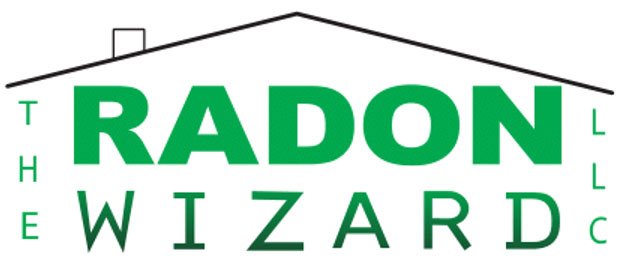Frequently Asked Questions
What is radon?
Radon is a radioactive gas that occurs naturally in the environment. It is colorless, odorless, and tasteless.
How does radon enter my home?
Radon can seep into homes through cracks in the foundation, gaps around pipes and cables, and through the soil beneath the house.
How do I know if I have radon in my home?
The only way to know if you have radon in your home is to test for it using a radon testing kit. These kits are available at most hardware stores or online.
What is the safe level of radon in a home?
The EPA recommends that homes have a radon level of 4 pCi/L (picocuries per liter) or less. However, it’s best to aim for the lowest possible level.
What happens if my home has high levels of radon?
If your home has high levels of radon, you may need to install a radon mitigation system to reduce the levels.
What is a radon mitigation system?
A radon mitigation system is designed to reduce the levels of radon in a home. This typically involves installing a vent pipe and a fan to draw radon from beneath the house and vent it outside.
How much does a radon mitigation system cost?
The cost of a radon mitigation system is determined by many factors including: age, size, areas within the home that need to be treated, obstacles to pipe runs, and placement of equipment. Only after an on-site inspection can an accurate price be determined.
Can I install a radon mitigation system myself?
It’s not recommended to install a radon mitigation system yourself. It’s best to hire a professional who has experience with radon mitigation.
How often should I test for radon?
The EPA recommends testing for radon every two years, or more frequently if you’ve made structural changes to your home.
Does radon only affect certain types of homes?
No, radon can affect any type of home, regardless of its age, location, or construction.
